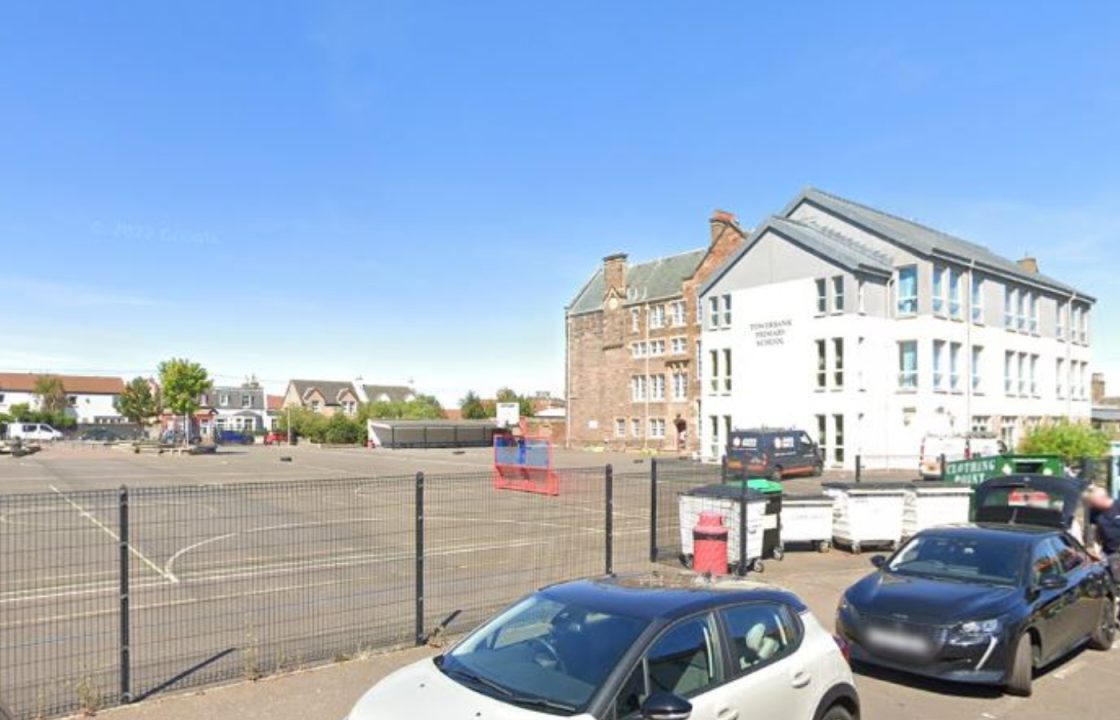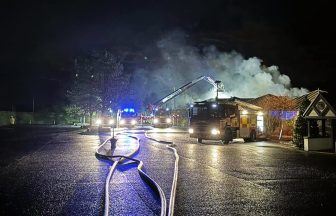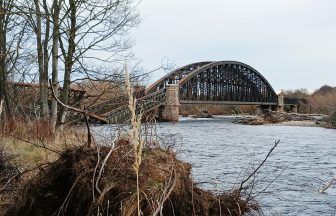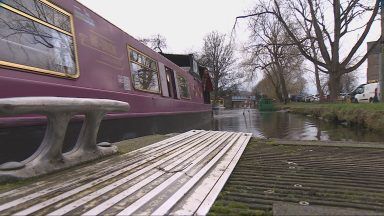City of Edinburgh Council was warned about a safety issue around crumbling concrete in city schools six years ago – after a pupil was nearly injured when part of a roof collapsed.
Reinforced autoclaved aerated concrete (RAAC) has recently been discovered in seven city schools which now require urgent repairs likely to cost tens of millions and could see some buildings demolished.
Measures to investigate the potential risks to public buildings have been taken across Scotland after the issue led to the closure of more than 100 schools in England.
It has emerged the city council were made aware of safety issues in schools in 2017, after a school pupil was almost struck by falling concrete from a toilet.
It is understood the material that fell from the ceiling in the incident was not RAAC.
Peter Watton, the council’s head of property and facilities management recalled walking around councillors’ offices at the City Chambers for a week carrying “a big piece of concrete that had fallen through a ceiling in a primary school” in a bid to get the attention of “any member that would listen to me”.
Edinburgh City Council confirmed he was referring to a 2017 incident at Portobello’s Towerbank Primary School where a girl was almost struck by a falling piece of concrete in a toilet.
Mr Watton said investigations into all public assets to determine the full scale of the crisis in the capital were ongoing, adding he had “no doubt” it would take up to ten years to sort out.
And in some cases where the potentially dangerous material is found it could be cheaper to replace entire buildings than carry out remedial works, a council meeting heard.
So far reinforced autoclaved aerated concrete (RAAC) is known to be present in seven schools. None have had to close completely as a result, however two have moved some pupils into Portakabin classrooms amid safety fears.
The light, bubbly material was commonly used to construct ceilings, walls and floors up to the 1990s and experts say it is now at risk of suddenly collapsing when exposed to moisture.
Speaking at the Finance and Resources Committee on September 21 Mr Watton said he hoped to have all building investigations completed by the end of October.
He said: “Once we assess what the challenge is and what is needed, we will need to bring detailed papers to members around what remediation is needed, what it’s going to cost, what the implications or what the options are.
“Remediation is not straight forward, you can’t just lift a roof, replace the ceiling then put it back on again.
“And it could well be that in some buildings when we do best value assessment you might conclude it would be better to replace it that repair it.
“We’ll be dealing with this for the next five to 10 years, there’s no doubt about that.”
He added pupils moved into temporary units at Cramond and Trinity primary schools would be learning there for “at least two years”.
The scale of the funding that will be needed to address the crisis is not yet known, however Mr Watton pointed out West Lothian Council’s bill totalled £77m and suggested this meant Edinburgh’s was likely to be even higher.
He said: “It’s a case of identification at the moment, then it’s assessment because the assessment has to be done by a structural engineer.
“I think there’s a lot of questions still to be answered that government will need to give guidance on, for example if we find it and it’s in good condition does that mean you don’t have to replace it?”
Last month the UK Government announced it was shutting over 100 schools in England due to concerns about RAAC, however the warning signs came years earlier; a Kent primary school built using it saw its roof suddenly give way in 2018, prompting the Standing Committee on Structural Safety (SCOSS) – which first warned of the problem over 20 years ago – to highlight the collapse was ‘sudden with very little noticeable warning’.
The concrete was recently discovered in 14 fire stations and three police stations in the city, one of them Police Scotland’s Fettes HQ which the force is set to exit due to the estimated £4m repair cost.
In addition, eight Edinburgh University sites are also known to be at risk as well as eight NHS Lothian buildings.
Follow STV News on WhatsApp
Scan the QR code on your mobile device for all the latest news from around the country


 Google Maps
Google Maps

























